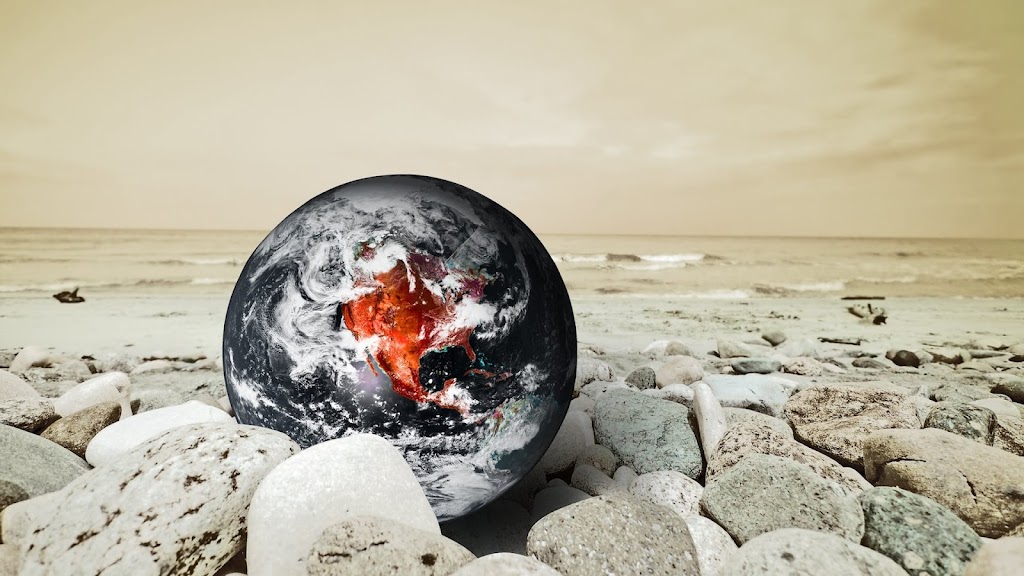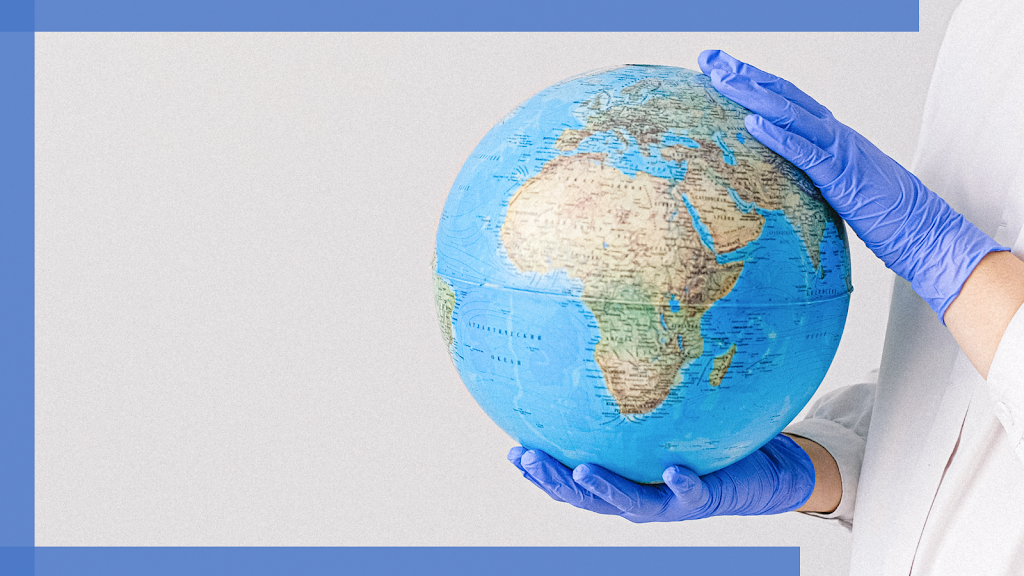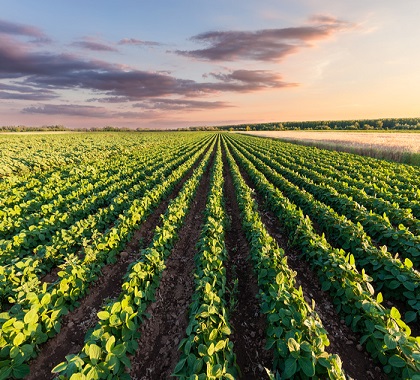
Global warming pertains to the sustained rise in the average surface temperature of the Earth caused by human activities, particularly the release of greenhouse gases such as carbon dioxide (CO2), methane (CH4), and nitrous oxide (N2O). Although the fundamental idea of global warming remains constant globally, its effects and manifestations can differ in various regions. The following are several examples of global warming impacts observed on a global scale:
Temperature Rise: One of the most apparent effects of global warming is the overall increase in average temperatures globally. This rise in temperature leads to more frequent and intense heatwaves, affecting various ecosystems and human health.
Melting Glaciers and Ice Caps: Rising temperatures cause glaciers and polar ice caps to melt, contributing to rising sea levels. This phenomenon threatens coastal communities and habitats, causing coastal erosion and increasing the risk of flooding.
Extreme Weather Events: The phenomenon of global warming has the potential to amplify extreme weather occurrences like hurricanes, cyclones, droughts, and heavy rainfall. These occurrences have the capacity to result in extensive devastation, resulting in loss of life, property destruction, and disturbances to people’s means of living.
Ocean Acidification: Increased levels of atmospheric CO2 lead to higher levels of carbon dioxide being absorbed by the oceans. This process results in ocean acidification, which can harm marine life, particularly organisms with calcium carbonate shells, such as corals and shellfish.
Shifts in Ecosystems: Global warming can alter ecosystems and habitats, leading to changes in species distributions, migration patterns, and the timing of biological events such as flowering and migration. Some species may struggle to adapt to these changes, leading to biodiversity loss.
Climate change has the potential :to modify precipitation patterns, resulting in alterations to the distribution, frequency, and intensity of rainfall. These modifications can have significant impacts on water availability, agricultural productivity, and the overall health of freshwater ecosystems In climate change
Permafrost Thawing: Permafrost, the frozen ground located in polar regions and high mountains, is currently thawing as a result of increasing temperatures. This thawing process leads to the release of significant quantities of methane, a powerful greenhouse gas, thereby exacerbating the pace of global warming.
Sea Level Rise: Melting ice sheets and glaciers contribute to rising sea levels, threatening low-lying coastal areas and islands. Sea level rise can lead to saltwater intrusion into freshwater sources, affecting agriculture and drinking water supplies.
These are just some of the types of global warming impacts observed worldwide, highlighting the complex and interconnected nature of climate change and its effects on Earth’s systems and societies.









